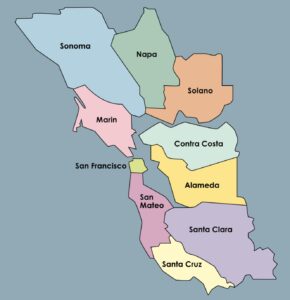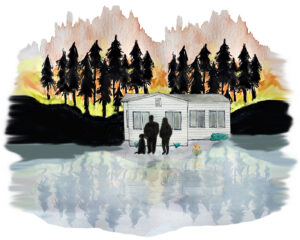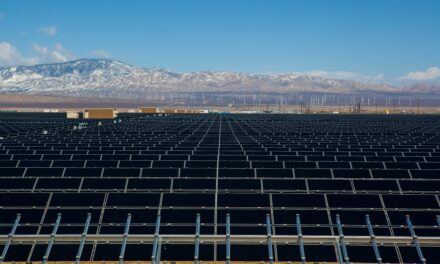Dryer Vents Blow Hot Air & Microplastics
New research confirms that air vents on tumble dryers – rather than washing machines – may be a leading source of microplastic fibers from clothing in the environment. The findings, presented in a new report by the San Francisco Estuary Institute, provide convincing reason to hang-dry clothes and to use energy-intensive dryers sparingly, if ever.
Microplastics have emerged in recent years as one of the most concerning forms of pollution, with the insidious little particles being found, among other places, in ocean-caught fish, beer, and even placentas of unborn babies.
Kelly Moran, an SFEI senior scientist and the lead author of the report, says emerging science on microplastic fiber sources also creates a significant regional divide between the people of the United States and Canada and those of the much of the rest of the world, including Europe and New Zealand.
“Tumble dryers aren’t widely used there,” she says, explaining that people in these regions tend to hang-dry their clothes or use gentler, less abrasive – and more energy-efficient – ventless dryer machines. Rather than spew out hot – and fiber-laden – air, ventless dryers recirculate heated air inside the system while draining out evaporated water.
“These geographic differences may explain why dryer vents are an under-studied source of microplastic pollution,” Moran and her colleagues suggest in their 137-page analysis. The authors also cite research suggesting that some dryers may cause 3.5 times the shedding of microplastic fibers that some washers do.
Microplastic fibers vented from clothes dryers may be especially problematic in the United States. That’s because Americans’ household wastewater is typically processed in treatment plants which remove most plastic particles, whereas dryer-released fibers exiting buildings can be washed into storm drains that flow directly to creeks. Many European communities, Moran says, have a different system entirely by which storm drains empty into wastewater treatment plants.
The SFEI’s report suggests regulatory action that could help mitigate microplastic pollution. Moran and her colleagues propose stricter standards on apparel fabric quality to reduce shedding. Filtration systems on dryer vents could also be improved to reduce microfiber emissions. They also encourage governments to ease restrictions on using outdoor clotheslines to dry clothes.
Other Recent Posts
Slow Progress on Shade For California’s Hottest Desert Towns
Coachella Valley communities face record temperatures with little shade. Policy changes lag as local groups push for heat equity.
In Uncertain Times, the Port of Oakland Goes Electric
A $322M grant powers Oakland’s port electrification — cleaning air, cutting emissions, and investing in community justice.
Testing Adaptation Limits: Mariposa Trails, Marin Roads & San Francisco Greenspace
In KneeDeep’s new column, The Practice, we daylight how designers, engineers and planners are helping communities adapt to a changing climate.
ReaderBoard
Once a month we share reader announcements: jobs, events, reports, and more.
Boxes of Mud Could Tell a Hopeful Sediment Story
Scientists are testing whether dredged sediment placed in nearby shallows can help our wetlands keep pace with rising seas. Tiny tracers may reveal the answer.
“I Invite Everyone To Be a Scientist”
Plant tissue culture can help endangered species adapt to climate change. Amateur plant biologist Jasmine Neal’s community lab could make this tech more accessible.
How To Explain Extreme Weather Without the Fear Factor
Fear-based messaging about extreme weather can backfire. Here are some simple metaphors to explain climate change.
Live Near a Tiny Library? Join Our Citizen Marketing Campaign
KneeDeep asks readers to place paper zines in tiny street libraries to help us reach new folks.
Join KneeDeep Times for Lightning Talks with 8 Local Reporters at SF Climate Week
Lightning Talks with 8 Reporters for SF Climate Week
Staying Wise About Fire – 5 Years Post-CZU
As insurance companies pull out and wildfire seasons intensify, Santa Cruz County residents navigate the complexities of staying fire-ready.
Moran says voluntary action at the individual level will also be helpful, primarily by avoiding dryer use when possible. “If you don’t have outdoor space, use an indoor folding rack – that’s what I do,” she says.
Though such solutions are seemingly obvious, reducing environmental pollution while improving energy efficiency and climate resilience, significant change will probably not come easily. “It’s difficult to change our lifestyles,” Moran says. “There’s a big gap between knowing what the solution is and doing it.”











